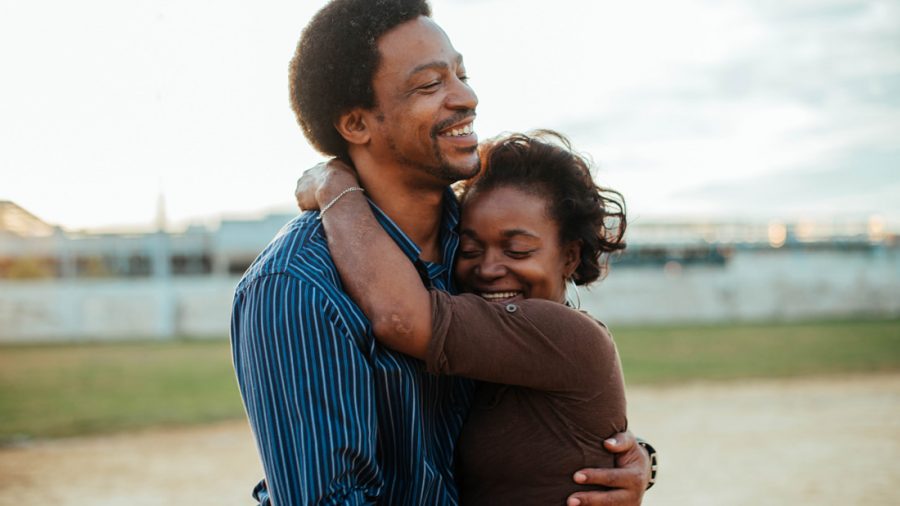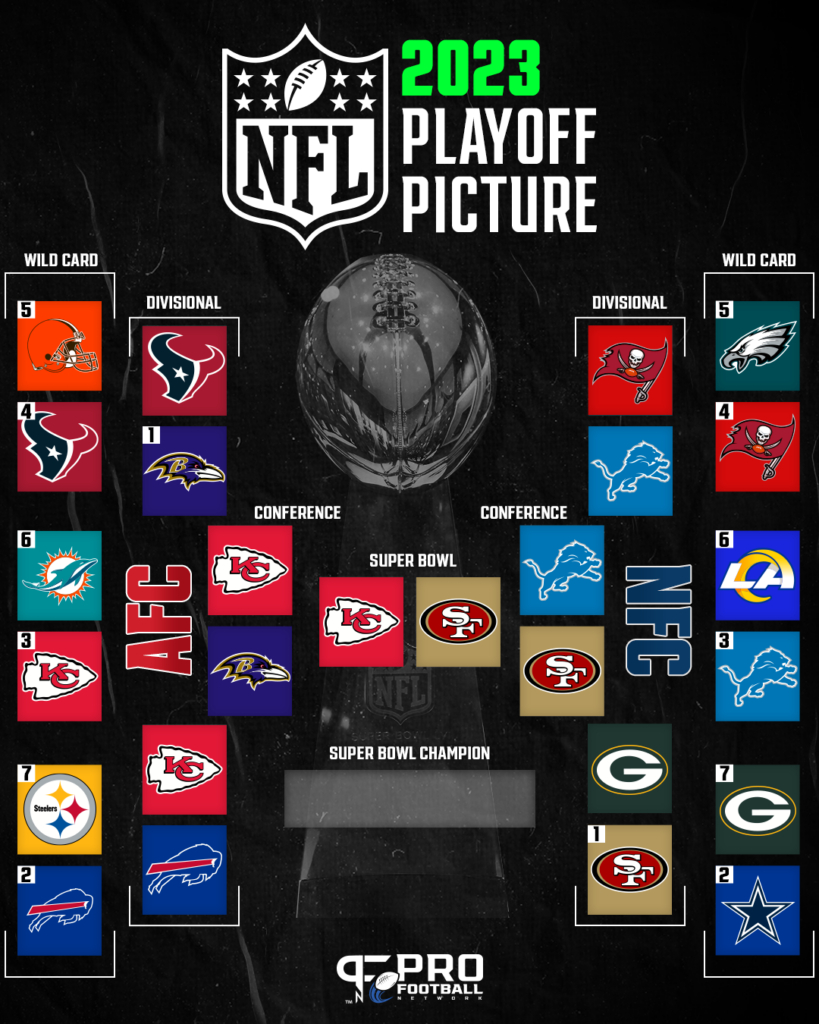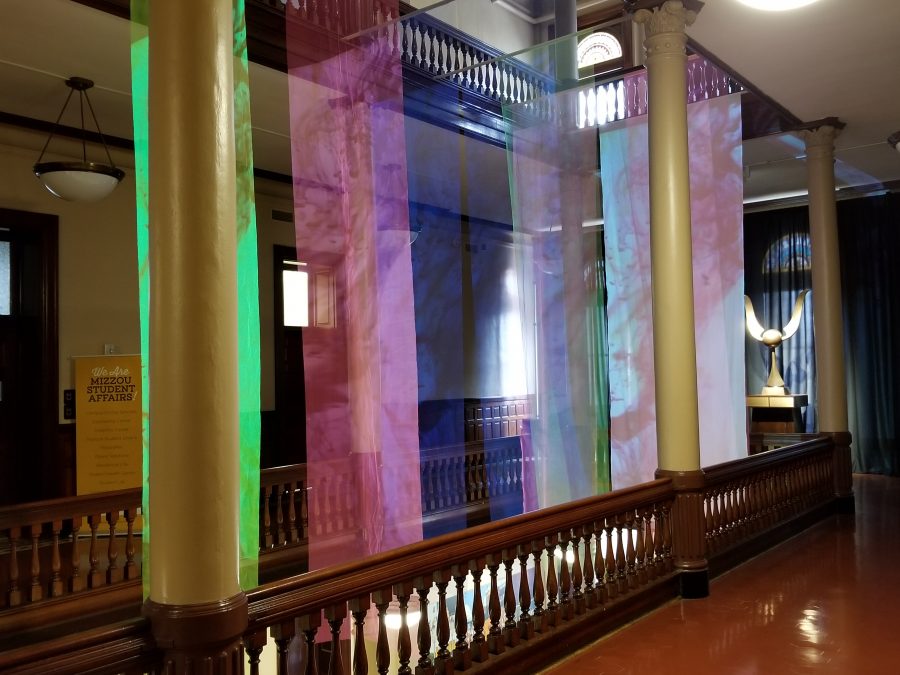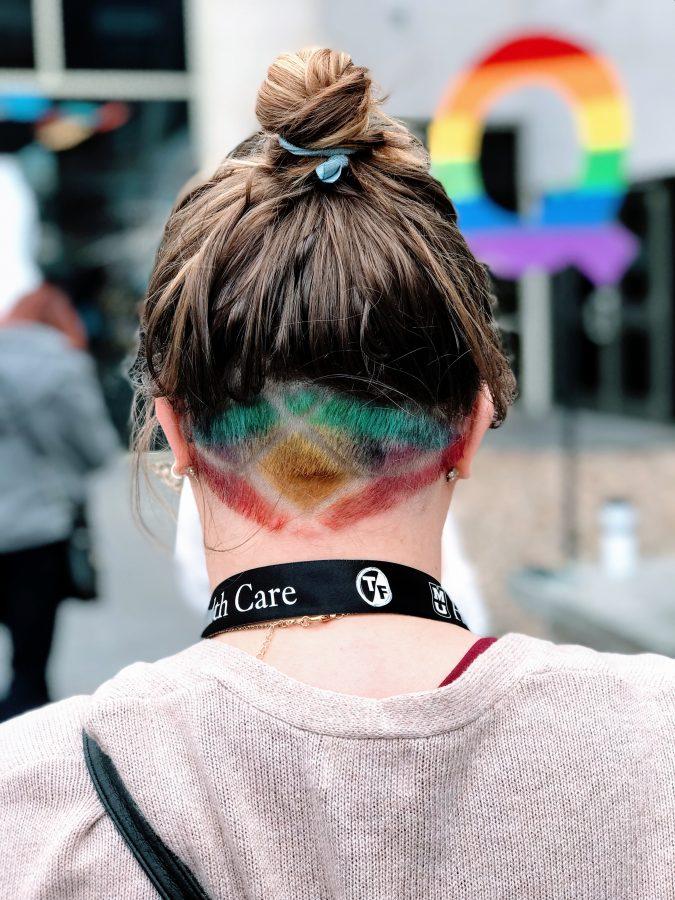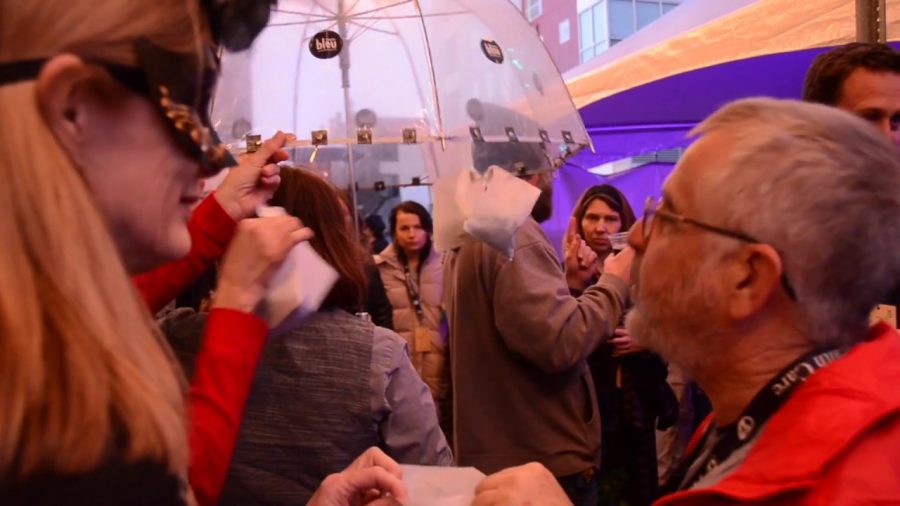Quest is one of those movies made where knowing how it was produced — slowly, over the course of a decade, in a close-knit Philadelphia community — is just as crucial as the movie itself. Jon Olshefski, the movie’s director, met the Rainey family by chance and decided to feature them in his first-ever documentary after visiting their recording studio in North Philadelphia. The film progresses from a heartwarming portrait of an American family to a remarkable, intimate story of race, connections, and hope.
The film begins with the marriage of Christine’a and Christopher (aka “Mama Quest” and “Quest”) in 2008. Soon after, they welcome their first child together, PJ, into the world. Meanwhile, Christine’a’s older son, William, is diagnosed with cancer, and she is balancing her work at a domestic violence shelter with taking care of William’s infant son, Isaiah. Christopher delivers newspapers and runs a recording studio, which lets artists in the neighborhood create their own music.
The most significant twist in the plot emerges when a stray bullet wounds a member of the family. From this point onward, the film traces the family’s resilience as they face adversity and pledge to become a force for change in their community.
With more than 300 hours of footage, I expected Quest to be overloaded with action and filler scenes. The film, however, turned out to be a suitable balance; each scene slowly breaths life into the story while keeping viewers on their feet.
The most memorable clips involve Christine’a braiding PJ’s hair on their stoop, Christopher and the neighborhood’s artists making music in the recording studio and police officers joining a community potluck. These scenes were enhanced by creative camera angles and subtle use of special effects, all of which exceed my expectations for a documentary. Throughout the movie, humor accompanies serious events, such as PJ’s casual and spirited reactions to post-accident get-well-soon wishes.
Occasionally, there are big time lapses that may be unclear and confusing; from time to time, it is hard to tell whether it has been days, months or years that have passed, or if the film is revisiting a scene from the past. This is to be expected, as not all clips from the ten-year shooting process are significant to the story.
Quest’s chronology was marked by PJ’s growth and astutely placed clips from the elections of Barack Obama and Donald Trump. “You don’t know how we live” was Christine’a’s response to Trump’s “What do you have to lose?” speech addressing the working poor and minorities, which perfectly embodies Olsefski’s purpose for the film: to reveal the unseen portrait of what everyday life is like for so many American families living below the poverty line.
Deeply touching and eye-opening, Quest is undoubtedly one of the best documentaries I have ever seen. Truthfully, I could sit through another hour of the film without much impatience.
The Rainey family have been selected as 2017’s True Life Fund recipients.
Categories:
The Rainey family’s perseverance shines through in ‘Quest’
March 5, 2017
0
More to Discover












































































